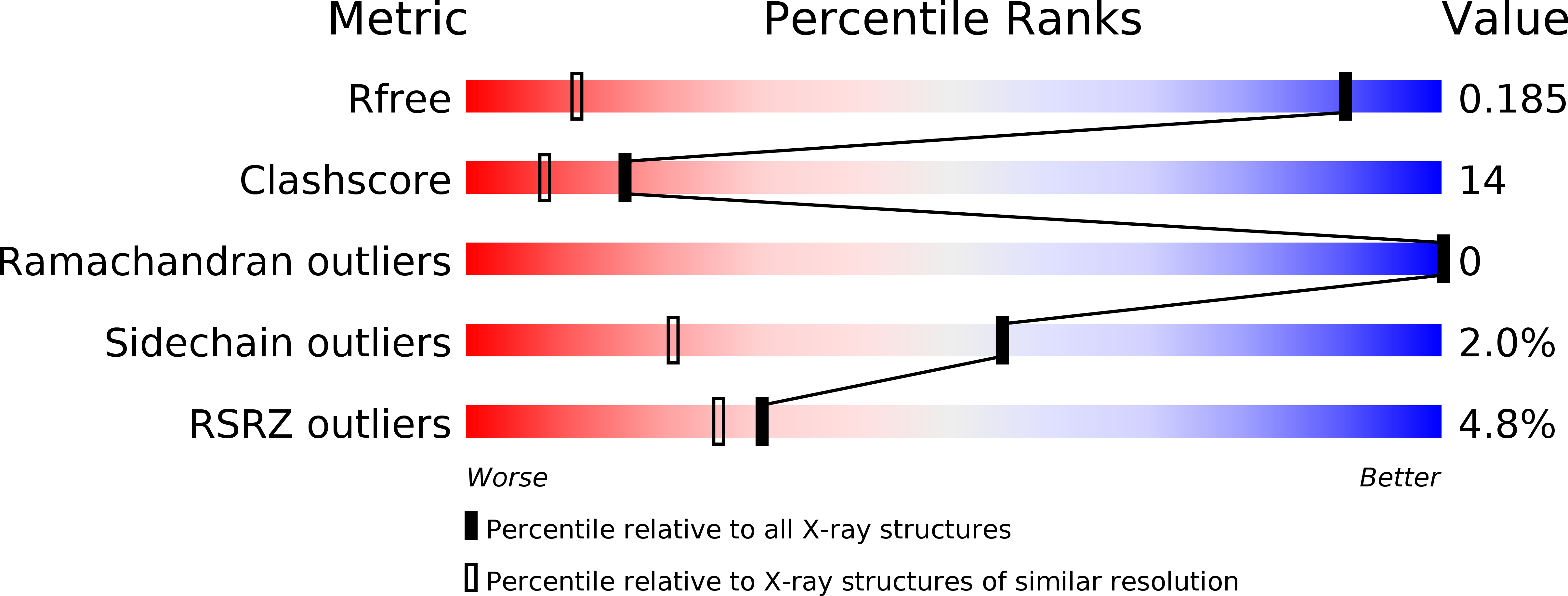
Deposition Date
2011-06-30
Release Date
2011-11-02
Last Version Date
2024-10-30
Entry Detail
Biological Source:
Source Organism:
Francisella tularensis subsp. tularensis (Taxon ID: 177416)
Host Organism:
Method Details:
Experimental Method:
Resolution:
1.00 Å
R-Value Free:
0.18
R-Value Work:
0.15
R-Value Observed:
0.16
Space Group:
P 21 21 21


